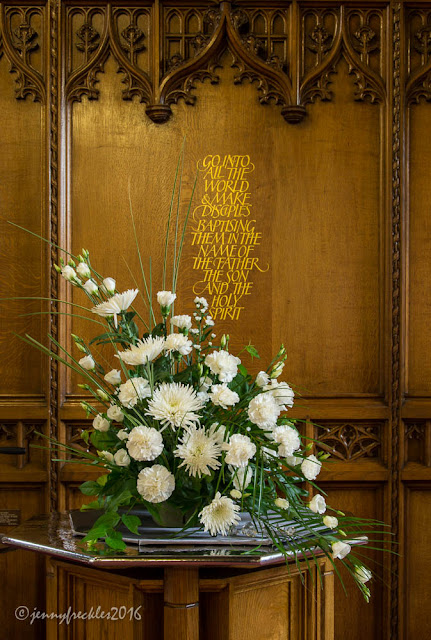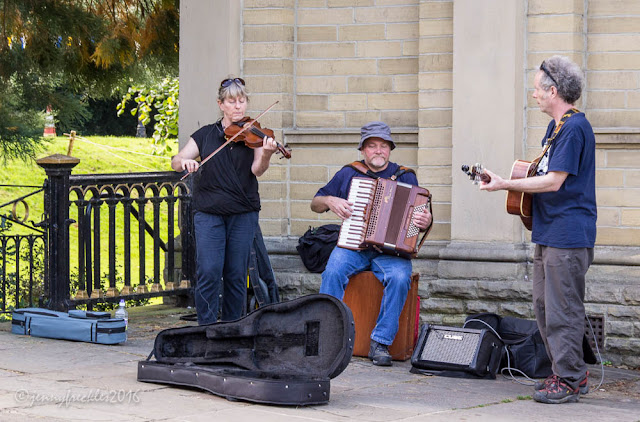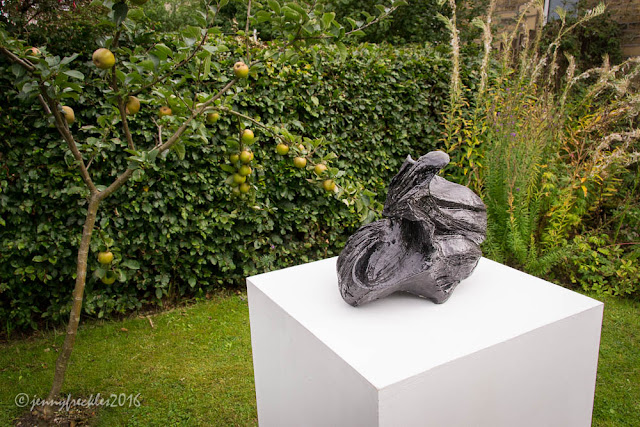This stunning portrait hangs in a gallery at Chatsworth House. It depicts Georgiana Cavendish, Duchess of Devonshire (1757-1806), painted in 1785 by Thomas Gainsborough.
Georgiana was a socialite, style icon, author and political activist. Her own family were the Spencers (she is an ancestor of Princess Diana) and she married William, the 5th Duke of Devonshire in 1774, aged just 17. He was one of the wealthiest and most powerful men in the land at the time, though emotionally reserved, serially adulterous and with little in common with his new young wife so that the marriage was difficult.
Georgiana became close friends with Lady Elizabeth Foster, who was destitute, having separated from her husband. Elizabeth came to live with them at Chatsworth and in their London home. In time she and William started an affair, thus establishing a love triangle. Whilst affairs were common, such a live-in 'ménage a trois' was unusual and gave rise to much speculation. Wives were not allowed (!) to take lovers until they had produced an heir, and Georgiana had two daughters before finally giving birth to a son. She then took a lover, Earl Grey and had an illegitimate daughter (while banished to France in exile) whom she was forced to give up to the Grey family (despite having had to raise her own husband, William's, illegitimate daughter!) Not surprisingly, the complicated arrangements of her high-profile life caused Georgina some pain and she sought consolation in an extravagant lifestyle of addictions (gambling, drink, drugs), affairs, socialising, fashion, politics and writing - gathering around her a large circle of influential literary and political figures. She died of some kind of liver complaint, aged just 48, with debts equivalent to over £3m. When these debts were revealed, the Duke is reputed to have remarked: 'Is that all?...'
After Georgiana's death the Duke married Lady Elizabeth Foster.
Georgiana's story was made into a film in 2008 :
'The Duchess' starring Keira Knightley. Such a colourful life but such a sad story really.




















































